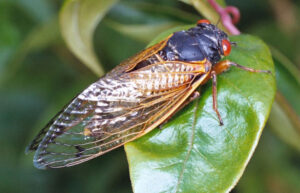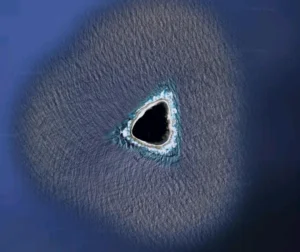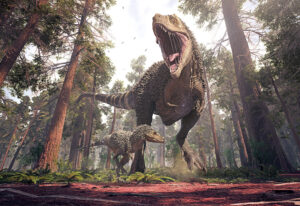Take a close look at the above photo of Charon, the largest of Pluto’s five moons.
Its rocky, gray surface makes it appear like any other moon — except for that ruddy stain up top, just sitting there like a bad toupee.
NASA discovered the region in 2015, when the New Horizons spacecraft explored Pluto and its moons. Scientists dubbed it Mordor Macula, a name inspired by the evil land in “Lord of the Rings”.
Like Jupiter’s iconic Red Spot, Charon’s blood-red blotch has remained mysterious in its origin. Yet planetary scientists have developed a new theory for Charon’s carrot top, and it involves a natural phenomenon that even J.R.R. Tolkien couldn’t have imagined.
Ice volcanoes.
It turns out that volcanoes have more variety that just the lava-spewing variety that constitutes the subject of many middle-school science projects.
Cryovolcanoes, as they’re technically known, erupt with an icy mixture of water and chemicals like ammonia and methane. Scientists have discovered them on other moons, including Neptune’s Triton and Saturn’s Titan and Enceladus.
“We call it volcanism because it’s a process that brings material from the interior of the satellite to the surface,” said Dr. Rosaly Lopes, a senior research scientist at NASA. “So that is similar to volcanism as we see on other planets, but the material itself is quite different. It’s an aqueous mixture rather than molten rock.”
But how did ice volcanoes create the red landscape of Charon’s Mordor Macula? The theory is…complicated.

Charon is about half the size of Pluto, left, shown in this composite of NASA images. Image: Shutterstock
From one compound to another
First, scientists believe that Mordor Macula’s color comes from chemicals called tholins. These compounds form when radiation breaks down methane, carbon dioxide, and other organic chemicals.
But they don’t know where that methane and other organic material came from, or how they arrived at Charon’s North Pole.
For several years, they have surmised that gases from Pluto drifted toward Charon, building up on the surface. Then Charon’s freezing cold would turn the gas into ice.
But Stephanie Menten, a planetary scientist at Purdue University, posited a different theory in a paper published in Nature Communications this month.
She believes that the methane came from Charon’s vast southern ice field, known as Vulcan Planitia. The field’s large amounts of methane would likely be vented into the atmosphere when its ice volcanoes erupt.
That methane could then travel to Charon’s poles, where colder temperatures freeze it, and a nine-metre-thick layer of ice traps it. Then solar radiation breaks down the methane into the tholins that give Mordor Macula its instantly recognizable color.
It’s an interesting theory. But why does it matter?

This computer-processed image shows cryovolcanism on Saturn’s moon Enceladus. The Cassini spacecraft spotted the icy plumes shooting into space in 2008 and 2009. Photo: European Space Agency
To understand ice volcanoes
According to Menten, the theory could explain the presence of methane on the surface of many moons and planets in the far reaches of the solar system.
On Earth, volcanism plays a crucial role in moving organic compounds from the planet’s interior to its surface. It’s possible that ice volcanoes do the same thing for colder bodies farther from the sun.
Given the spectacular displays of Earth’s volcanoes, it’s reasonable to wonder what cryovolcanism looks like up close. The above image, showing Saturn’s moon Enceladus shooting icy plumes into space, only stimulates the imagination.
If nothing else, these new discoveries — and theories about them — justify the fantastic names given to moons like Charon, named for the ferryman of Greek mythology who carries souls across the River Styx to Hades.






